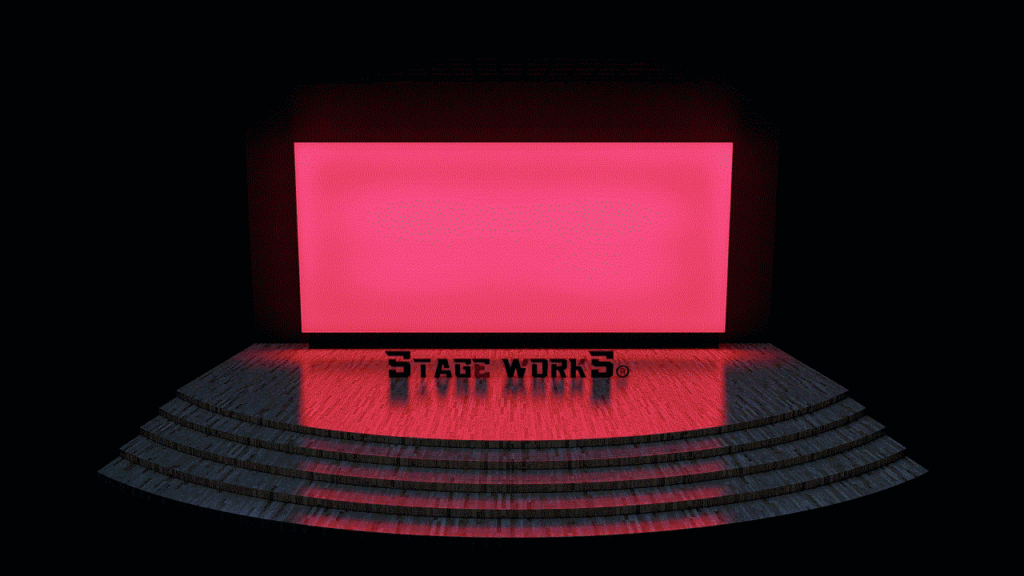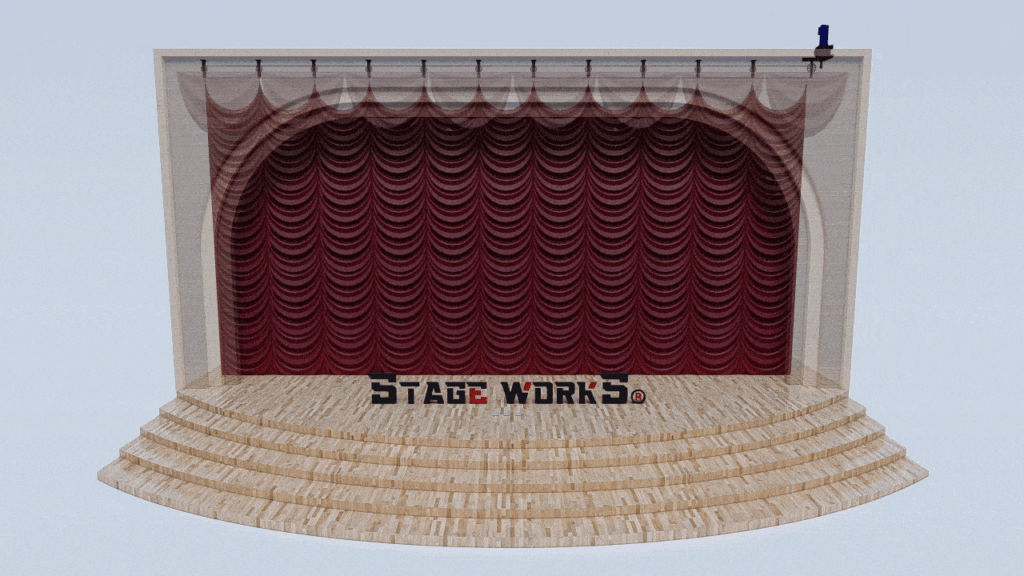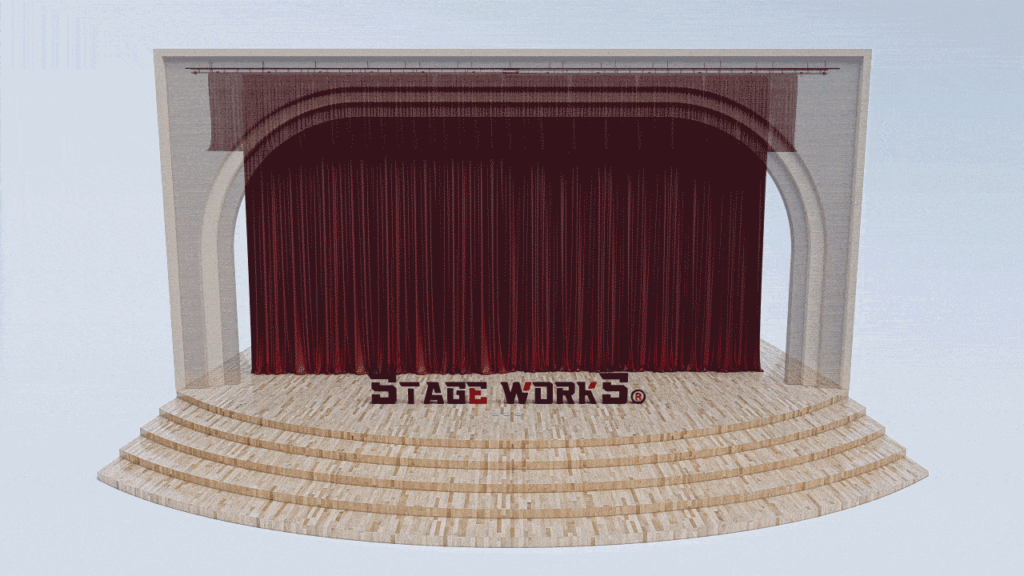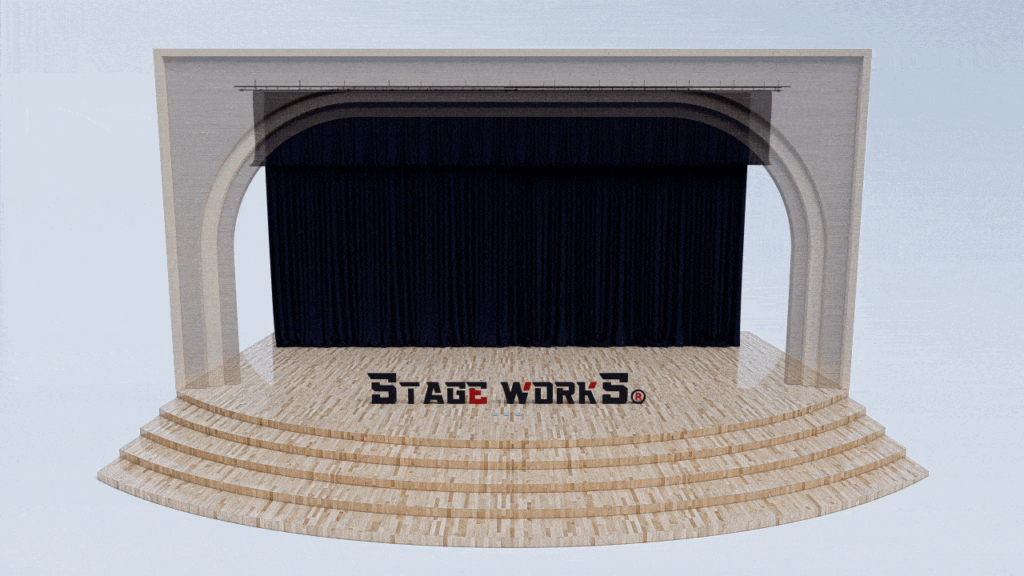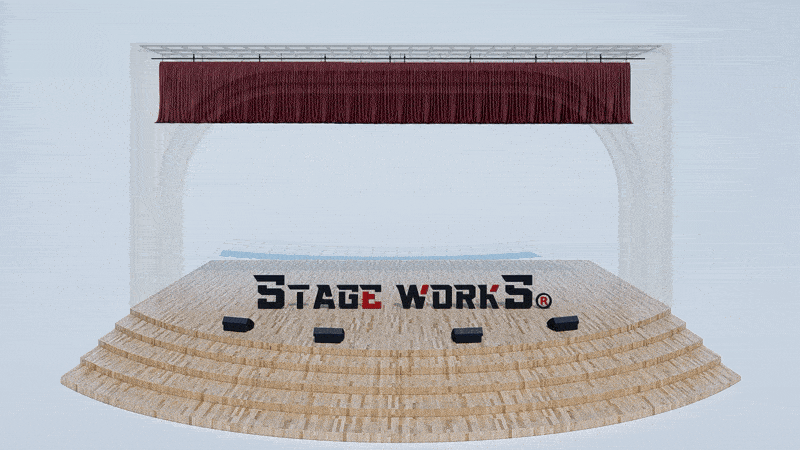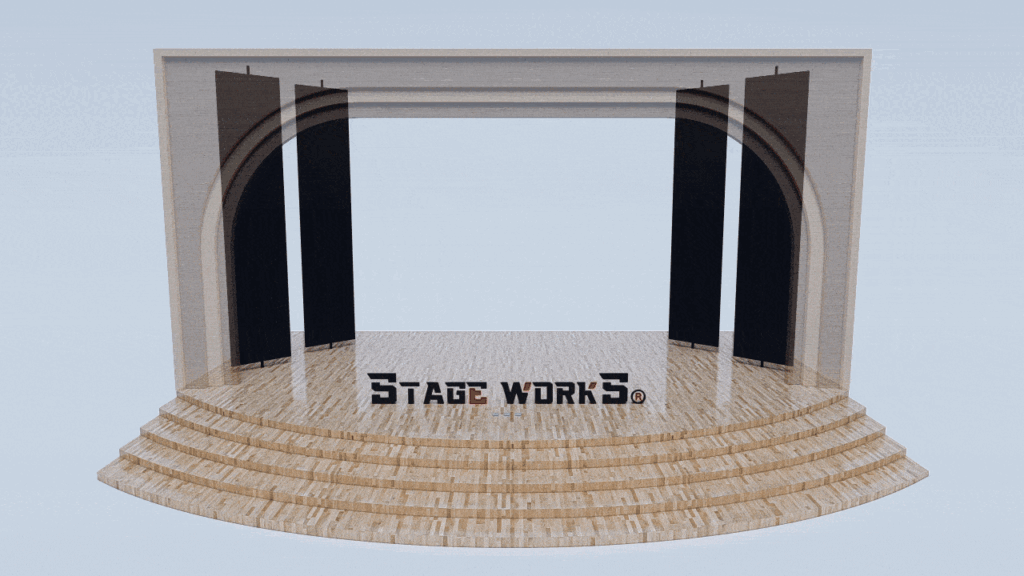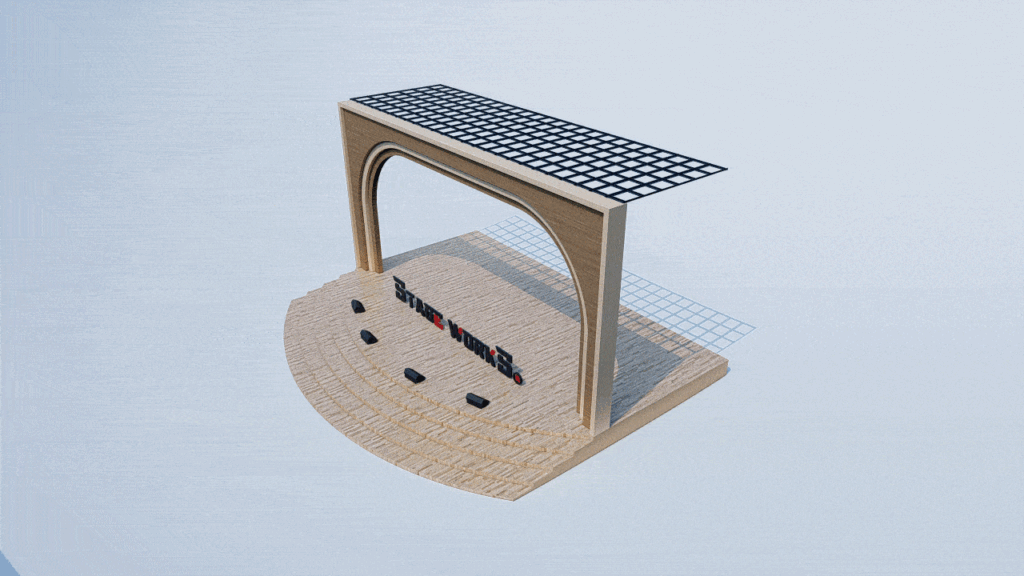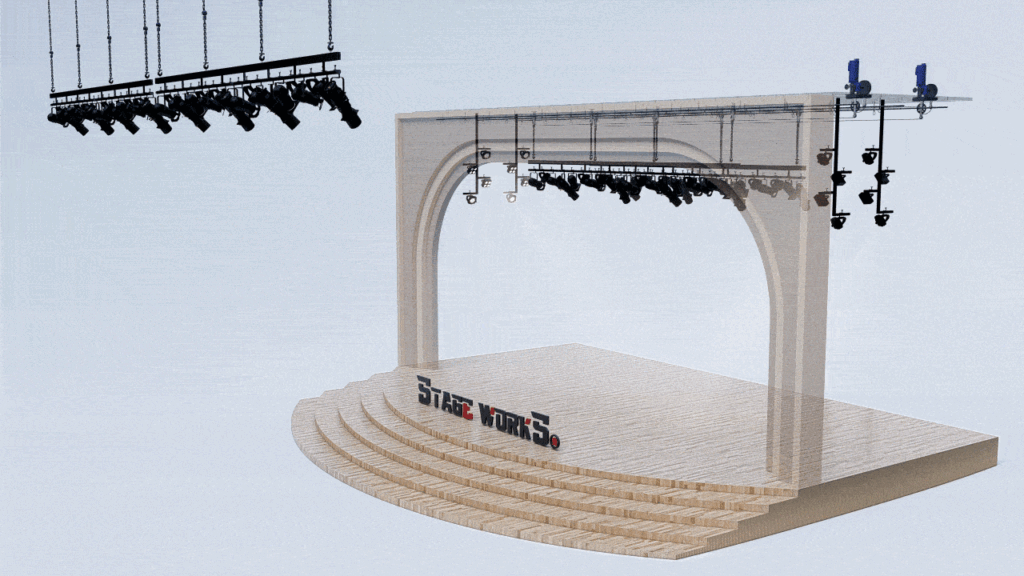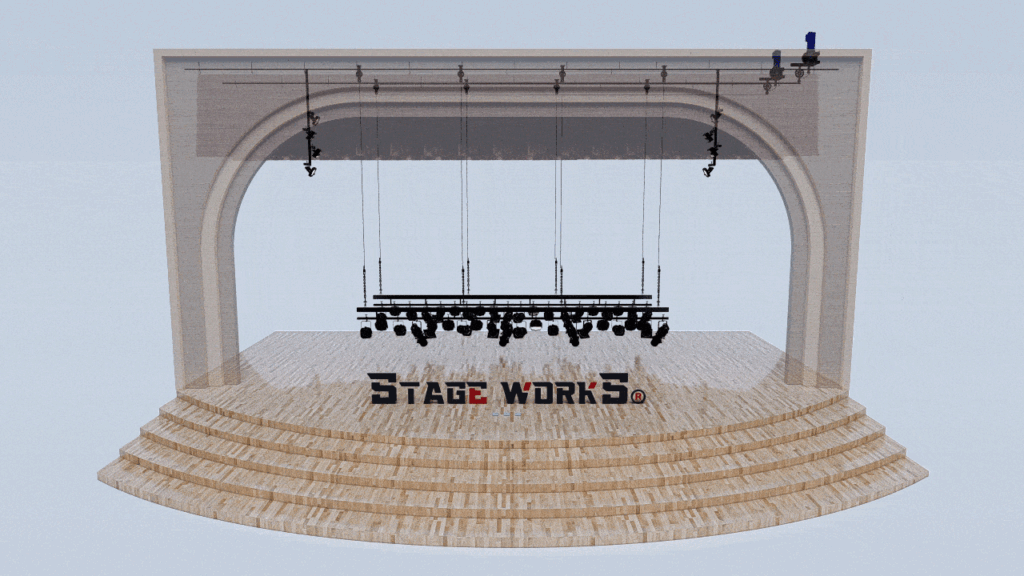Stage Curtain Design 2024: The Top 10 Unexpected Textures
Embracing the Unconventional: Redefining Stage Presence Through Texture
In the ever-evolving world of theatrical design, the stage curtain plays a pivotal role, setting the tone and mood before the first act even begins. 2024 promises a bold departure from traditional fabrics, embracing unexpected textures to create captivating visual experiences. This year, it’s all about pushing boundaries and exploring innovative materials to enhance the overall theatrical production. Forget the predictable velvets and standard silks; let’s delve into the top 10 unexpected textures poised to dominate the stage curtain scene.
1. Recycled Denim: Sustainability Meets Style
Sustainable theatre is gaining momentum, and recycled denim offers a unique blend of rugged texture and eco-consciousness. The varied shades and subtle irregularities create a visually intriguing backdrop, adding a layer of authenticity and depth to any production. Its durability ensures longevity, making it a cost-effective and environmentally responsible choice for numerous performances.
2. Woven Raffia: Bringing the Outdoors In
Introduce a natural, organic aesthetic with woven raffia. Its coarse, earthy texture adds a captivating rustic charm, perfect for plays set in rural environments or productions requiring a bohemian vibe. The light filtering properties of raffia also allow for creative lighting effects, adding another dimension to the stage design.
3. Laser-Cut Metal: Industrial Chic on Stage
For contemporary productions seeking a futuristic or industrial aesthetic, laser-cut metal offers a strikingly modern approach. Intricate designs can be etched into the metal, creating stunning light and shadow play. The metallic sheen adds a touch of glamour, while the unique texture provides a sophisticated contrast to the traditional stage curtain.
4. Cork Fabric: A Natural Sound Absorber
Beyond aesthetics, consider the functional benefits of materials. Cork fabric, with its naturally sound-absorbing properties, not only provides a visually interesting texture but also contributes to improved acoustics within the theatre. Its unique grain adds a touch of understated elegance, perfect for intimate productions.
5. Upcycled Leather: A Luxurious, Second-Life Material
Give discarded leather a new lease on life by utilizing it as a stage curtain material. The rich, aged texture of upcycled leather offers a touch of vintage glamour, lending itself beautifully to period pieces or productions requiring a sense of history and sophistication. The unique patina of each piece adds character and individuality.
6. Printed Concrete: A Bold Architectural Statement
Push the boundaries of traditional stage design with printed concrete. While seemingly unconventional, this material offers a stunning visual impact, especially for modern or abstract productions. The subtle texture and the ability to incorporate custom designs onto the concrete surface opens exciting possibilities for unique backdrops.
7. Woven Hemp: A Sustainable and Texturally Rich Choice
Another sustainable alternative, woven hemp boasts a distinct, rough texture and a beautiful natural tone. Its strength and durability ensure longevity, making it a practical and aesthetically pleasing option. The varied shades within the hemp create a naturally artistic effect, offering a captivating visual experience.
8. Embroidered Canvas: A Tapestry of Artistic Expression
Elevate the stage curtain to a work of art with embroidered canvas. Custom embroidery allows for limitless creativity, enabling the creation of intricate designs that enhance the narrative and visual theme of the production. This approach transforms the curtain from a mere backdrop into a storytelling element.
9. Repurposed Wood Panels: Rustic Charm Reimagined
Give reclaimed wood a new life as a unique stage curtain. The natural variations in grain and color create a rustic and warm atmosphere, suitable for both period dramas and contemporary productions seeking a touch of natural authenticity. The varying wood tones add warmth and visual interest.
10. 3D-Printed Fabrics: The Future of Stage Design
Embrace the future of stage design with 3D-printed fabrics. This cutting-edge technology allows for the creation of highly complex and customized textures, pushing the boundaries of creativity. The possibilities are endless, from intricate geometric patterns to biomorphic forms, creating a truly unique visual spectacle.
Conclusion: Beyond the Fabric
The stage curtain is more than just a backdrop; it’s an integral element of the overall theatrical experience. By embracing these unexpected textures in 2024, theatre designers can create captivating visual environments that enhance the storytelling and captivate audiences. The key is to explore, experiment, and dare to push boundaries—the stage awaits your creative vision.



